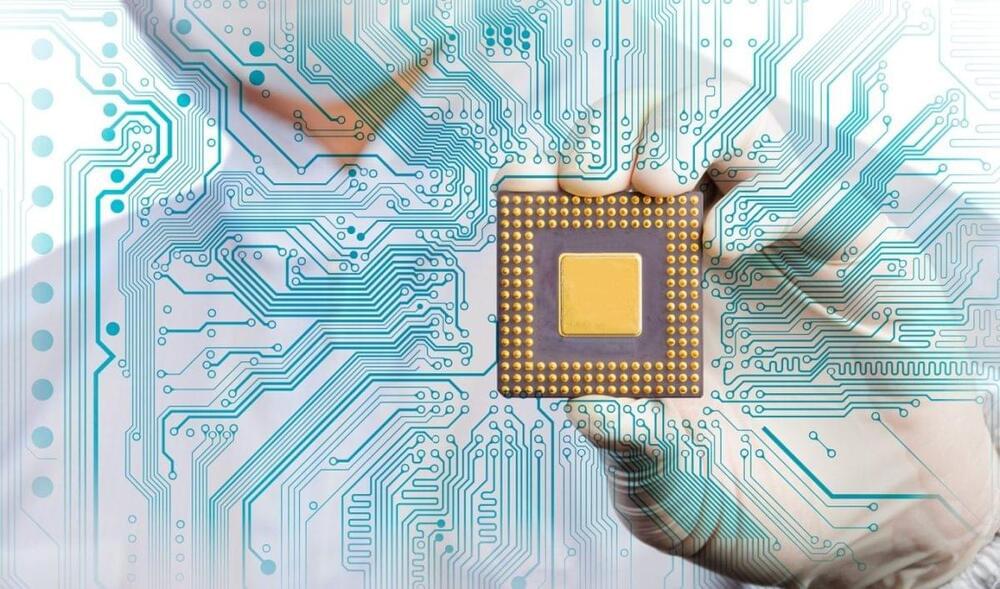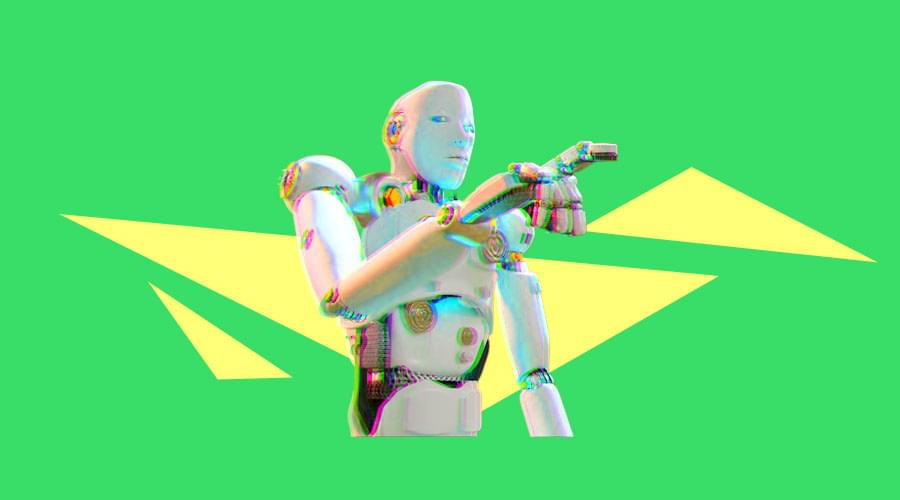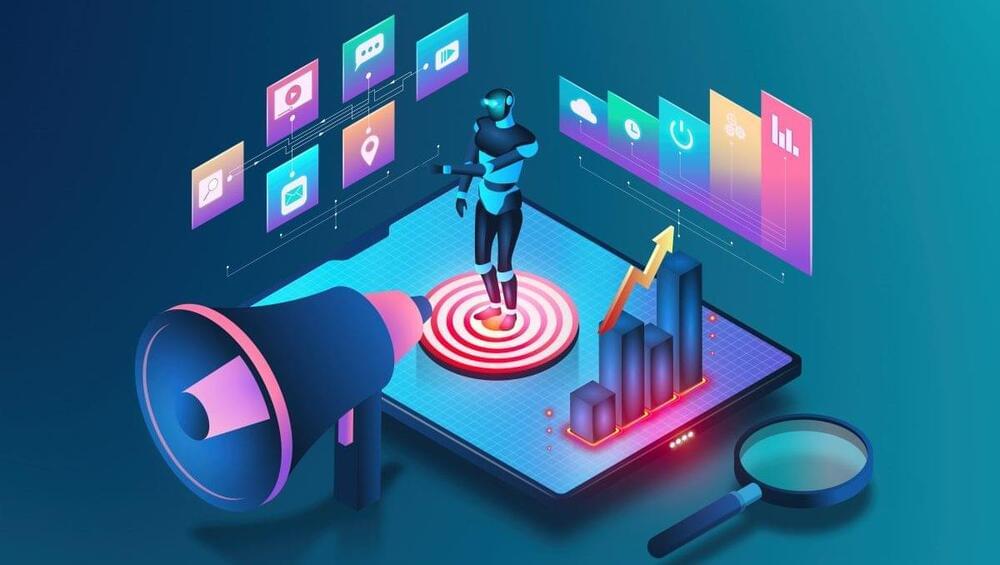Disperse, a U.K.-based construction tech company that offers an artificial intelligence (AI)-powered platform to help project managers track work and capture data from building sites, has raised $16 million in funding.
Founded out of London in 2015, Disperse effectively creates a digital version of an entire construction site, including visual snapshots that track the progress of work to help all stakeholders — regardless of where they’re based — keep up with things. For this, Disperse sends someone around a site at regular intervals with a standard 360° camera, and the resulting imagery is fed directly into the Disperse platform which processes the visuals and applies computer vision techniques to figure out what’s happening.
For example, this can help to show the state of a project at a given moment in time, and solve disputes should they arise in terms of determining whether a job was completed as it should’ve been. It also automatically spotlights potential problems or bottlenecks while they can still be resolved.







